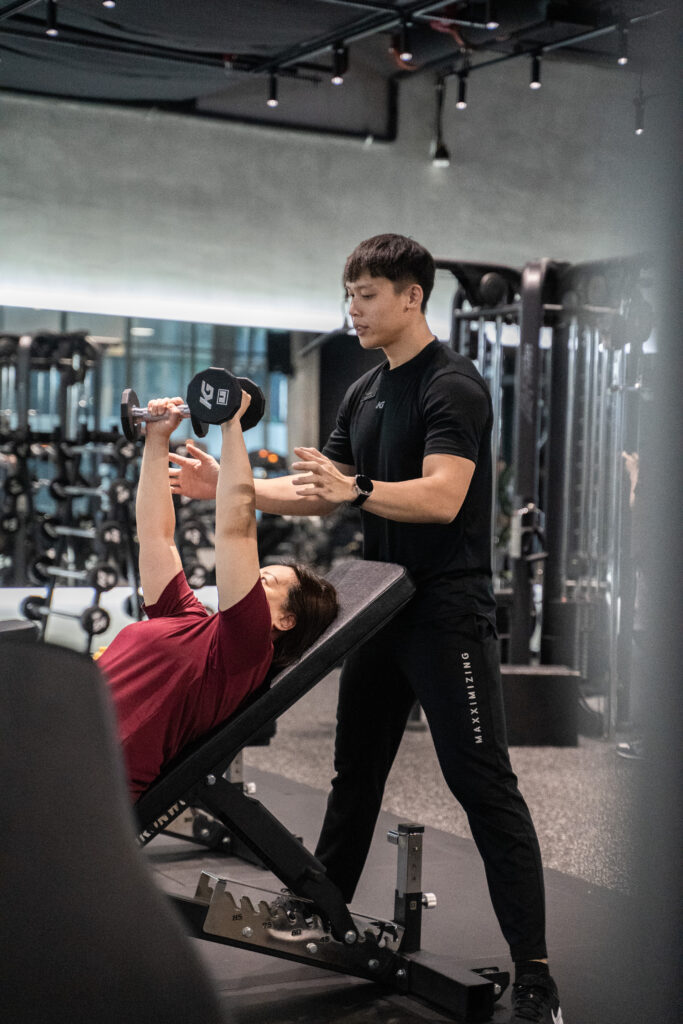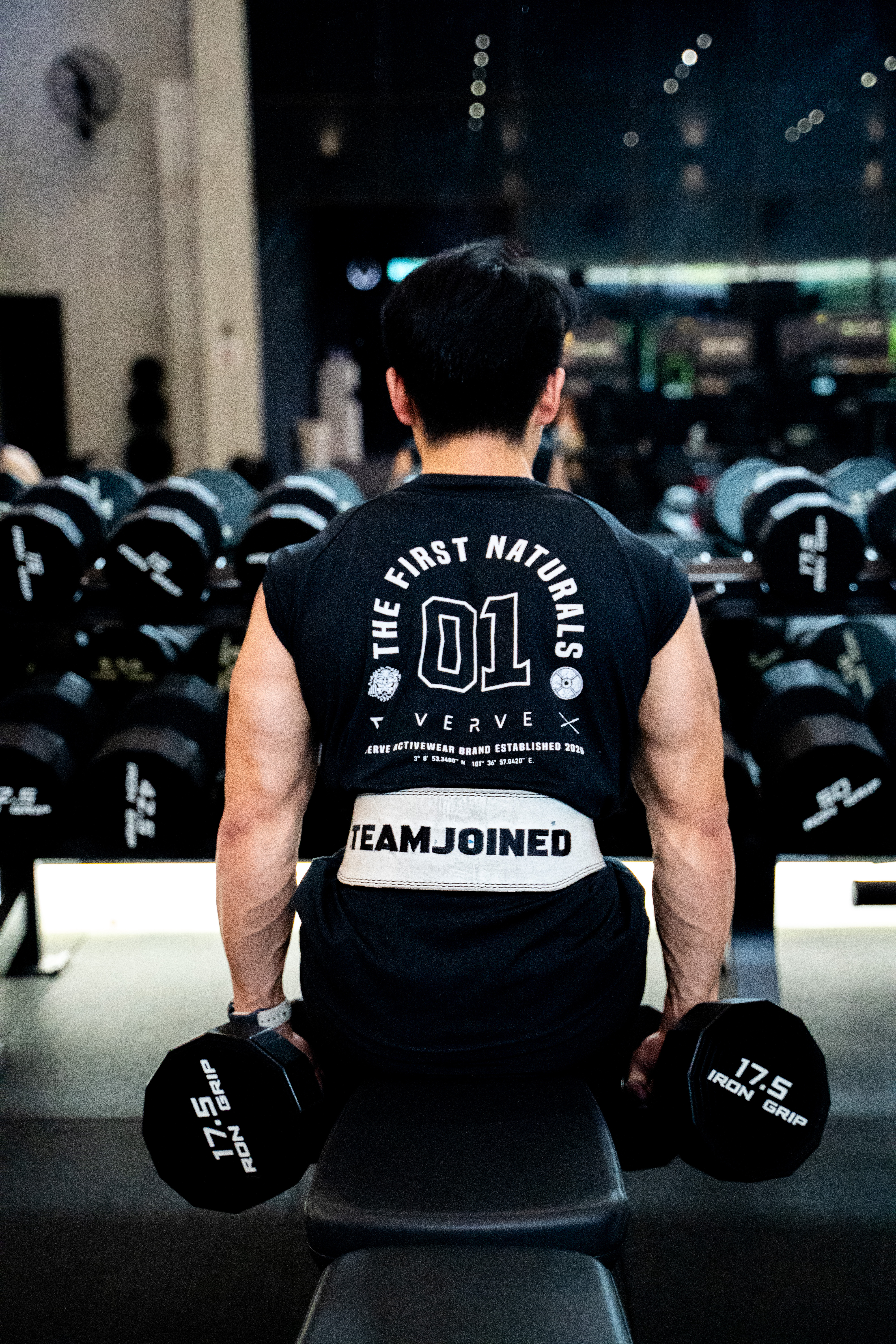Training to failure is a popular method among lifters and fitness enthusiasts looking to maximize their muscle growth and strength gains. But is it really effective, and should you be incorporating it into your routine? Here are five key questions you need to answer before deciding whether training to failure is right for you.
1. What Does Training to Failure Mean?
Training to failure involves performing an exercise until you can no longer complete a rep with proper form. This method pushes your muscles to their limits, forcing them to adapt and grow stronger. However, reaching true failure requires intense effort and can be taxing both physically and mentally.
2. Is Training to Failure Necessary for Muscle Growth?
While training to failure can be beneficial for hypertrophy (muscle growth), it isn’t always necessary. Research shows that you can still achieve significant muscle gains without reaching failure, as long as you’re working close to it with high levels of effort. Balancing intensity with volume and recovery is key to long-term progress.

3. How Often Should You Train to Failure?
Going to failure too frequently can lead to overtraining, increased risk of injury, and burnout. It’s best to incorporate failure training strategically, perhaps in your final set or during specific training cycles. For beginners, training to failure should be used sparingly, while more advanced lifters can experiment with it more often.
4. Which Exercises Work Best for Training to Failure?
Compound lifts like squats and deadlifts are generally not ideal for training to failure due to the higher risk of injury and the stress they place on your nervous system. Isolation exercises like bicep curls, leg extensions, or cable work are more suitable for reaching failure safely without compromising form or risking injury.

5. How Does Recovery Impact Your Training to Failure?
Recovery is a critical factor when incorporating training to failure. Pushing your muscles to their limits requires extra recovery time, including proper nutrition, sleep, and rest days. If you notice a decline in performance or prolonged muscle soreness, you might be overdoing it. Listening to your body and adjusting your routine accordingly is vital.
What we want to suggest
Training to failure can be a powerful tool for achieving your fitness goals, but it’s not a one-size-fits-all approach. By answering these five questions, you’ll be better equipped to determine if and how this method can fit into your training plan. Remember, balance is key—combine smart training, effective recovery, and consistency to see the best results.

